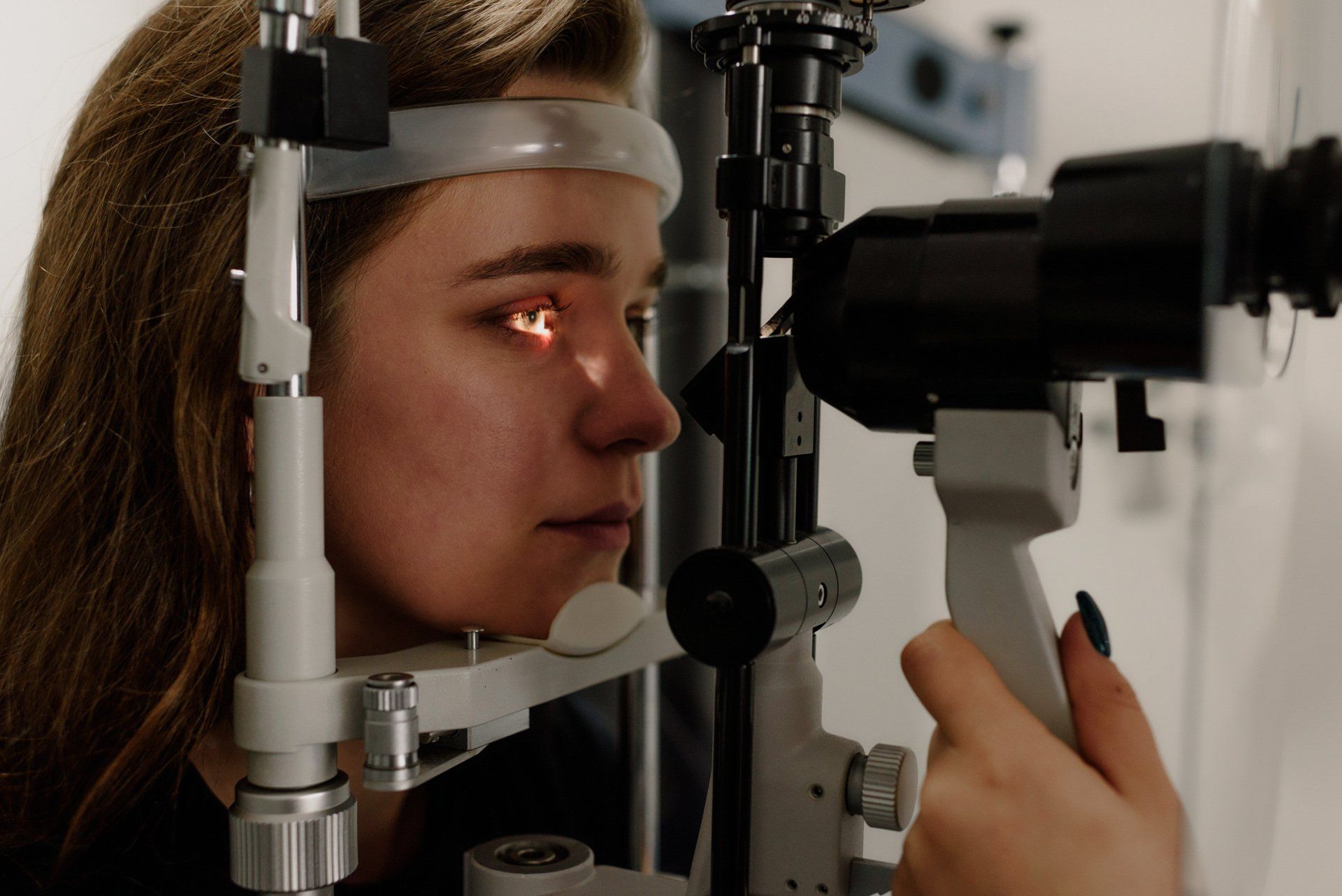Learn about your lens options with cataract surgery and what to expect

What is a cataract?
A cataract is a clouding of the eye’s natural lens. The human lens is transparent so that light can travel through it easily. Many factors combine as we age to cause areas in the lens to become cloudy, hard, and dense. The lens can then no longer transmit a clear picture to the retina where it can be processed and sent through the optic nerve to the brain. Some conditions may cause cataracts to form more quickly: ocular injury, other eye surgeries such as retinal surgery, diabetes, systemic inflammatory conditions, and some systemic medications such as steroids.
What are the symptoms of cataracts?
• Blurry vision
• Double vision
• Light sensitivity
• Difficulty seeing at night
• Glares, halos around lights
• Colors seem “dull” or yellow
How do you treat cataracts?
The only treatment for a visually significant cataract is surgery. However, it’s safe to wait on surgery until your life and daily activities are limited due to cataract symptoms. Yearly dilated eye exams along with discussion with your eye doctor can help you determine when it’s time to discuss surgery.
What’s involved with surgery?
During cataract surgery, the cloudy natural lens is removed through a tiny self-sealing incision and replaced with an artificial intraocular lens implant (IOL). Cataract surgery is performed on an outpatient basis and most commonly under topical anesthesia, which means there are no needles or injections around the eye and no need to wear a patch over the eye postoperatively. The replacement IOL is chosen to fit your individual eye size and shape based on measurements taken before surgery. The type and power of the IOL will determine your need for glasses after surgery. In most cases, patients will experience both improved vision as well as less dependence on glasses than before the procedure. There are many types of IOLs now available. Our doctors will help you decide upon the right IOL for your lifestyle.
What are my options for lens replacement?
Monofocal lens
A standard, or monofocal lens, has a single point of focus which is usually set for distance vision only. Patients will need to wear glasses, especially for near vision.
Toric lens
Toric lenses are designed to help deliver better vision for patients with astigmatism compared to a monofocal lens. These lenses help reduce dependency on glasses for distance but readers will be required.
Multi-focal, tri-focal lenses
Multi-focal lenses provide for both near and distance vision together, with some newer tri-focal lenses designed for near, intermediate and distance vision. The goal with multi-focal lenses is to be more independent from use of glasses for most tasks.
I think I’m ready for cataract surgery, what should I do now?
If you are established with an optometrist, ask for a referral to one of our highly qualified and experienced cataract surgeons at Talley Eye Institute. If you don’t have an optometrist, feel free to call our office to schedule a consultation. At that visit, our team and doctors will do all the necessary testing and examinations to determine the best plan for your individual eyes. Come see us at Talley Eye Institute, where we care, you’ll see!

















